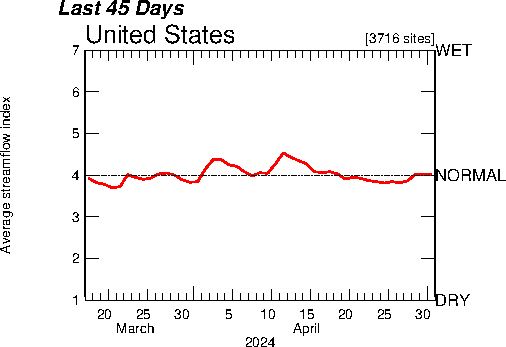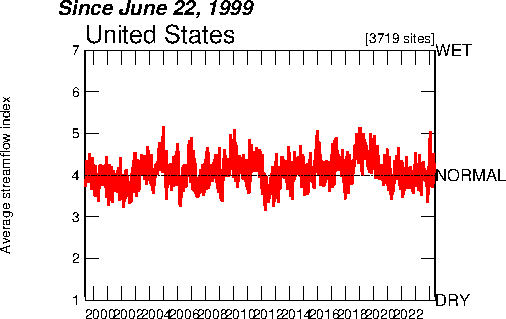- Joined
- Jan 28, 2013
- Messages
- 94,823
- Reaction score
- 28,342
- Location
- Williamsburg, Virginia
- Gender
- Male
- Political Leaning
- Independent
Heat waves:
Heat and drought:
Precip:
and more
Category 5 hurricanes:
Which is to be expected, particularly since no one is disputing AGW, and one of the predicted consequences of AGW is an increase in extreme weather events.


Current Streamflow - USGS WaterWatch
https://waterwatch.usgs.gov/?id=ww_current
map legend · Texas Flood · Home · Current Streamflow · Flood · Drought · Past Flow/Runoff · Animation · Toolkit · Annual Summaries · Additional Information ...






